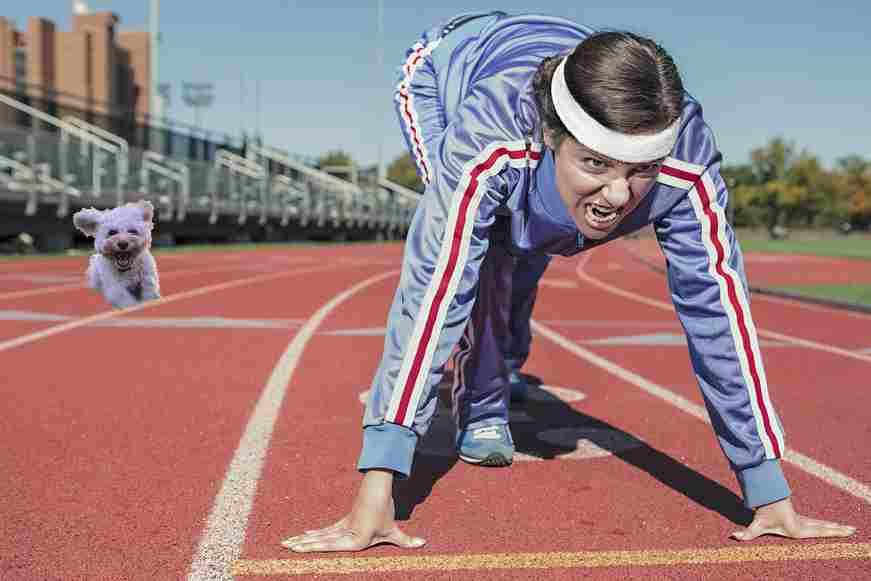Crate training a dog can be intimidating to new dog owners and the most daunting part is how to even start crate training.
In fact, if you start correctly you are more likely to do it effectively and most importantly faster.
Crate training a dog is not rocket science, all you need is the right information and to make the decision.
Crate training is a relatively slow process of a few weeks to a few months; so you’ll have plenty of time to learn. However, you need to be prepared before you start.
Crate training could be considered a project and like any successful project; you need research which you are doing now. And you need the right tools and a plan to follow.
What you need to start crate training
Like we said earlier before you start crate training you need the right tools to do so. It’s not much but it’s important.
Choosing the crate
The first thing you’ll need is the perfect size crate for your dog; you can check this article on how to measure your dog for the crate.
The size of the crate is what matters more, if the dog is not comfortable enough in the crate it will be much harder to achieve progress.
The core idea for crate training is to provide a safe intimate place for your dog. so if he does not feel comfortable enough you’ve missed the point.
Prepare training treats
You will need training treats to get your dog motivated about training. If you’ve heard some advice somewhere telling you not to use them it’s probably a bad idea.
Experienced dog trainers do use treats with moderation of course. But it’s the best way to start crate training your dog; It will be your lure to the crate and the way you reward your dog when he does what you want.
I could also recommend a useful article about how much training treats to use and how to phase out.
You definitely need to check how much treats you can give your dog per day not to disturb his digestif system.
And you need to have training treats on you all the time especially in the beginning. You want to reward your dog as soon as he does something you want. I think a treat bag like this one could be very useful.
Favorite toy
You also want to prepare a toy that your dog could chew on while in the crate to keep him interested. Toys do a great job distracting the dog from the fact that they’re in the crate with the door closed.
This is of course not the step you start with, you have to break it down but having a favorite toy is a must.
When to start crate training
The best time to start crate training is as soon as you have the dog if it’s a new puppy. The younger the puppy the easier it is to crate train him.
If you have the dog for a while and then decide to start crate training, your dog would have acquired some habits that you will have to break when training.
This will make training take much longer. Younger puppies are faster to train than older dogs.
This does not mean that if you have an older dog you won’t be able to do it or that’s is going to take you too long. But younger puppies are less resistant to changes in their routine.
The sooner you start crate training the better results you will have especially if you’ve just got the puppy.
How to start crate training
So now let’s go into details about how you start your training. and break it down to a few simple steps.
Introduce the dog to the crate
Never introduce your dog to something when it’s time to do it. meaning if you are decided that your dog is going to spend the night in the crate; don’t just wait until it’s bedtime to just lock him in there and expect him to enjoy it.
You want your dog to see the crate play around it and get inside it during the day. So the best time to start is during the day preferably in the morning.
Use some treats to lure him inside and don’t close the door. so the dog doesn’t feel trapped. Keep rewarding the dog when he gets inside, and only inside.
Feeding in the crate
Once your dog has been introduced to the crate and is feeling safe getting inside it for the treats; You can feed him his meal inside.
Food is a great motivational tool so feeding in the crate will make the dog associate happy feelings with the crate.
If your dog has had two meals in the crate and plenty of treats he will be ready for his first night in.
Playtime in the crate
In between treats and feeding time you can also have your dog spend some time in the crate playing.
Using toys in the crate especially ones like the kong that you can fill with some nice treats. It will take his attention and keep him in the crate for longer periods.
The playtime is also a happy time for the dog that you want to associate with the crate.
If your dog spends enough time in the crate in the first-day feeding having some nice treats and playing, it will be much easier when it’s time for his bedtime. And he would not feel surprised by this new sleeping area he had never been to.
The first night of crate training
When it’s time for his first night in the crate, you want to make a few preparations before. It is best if you stop giving your dog water about two hours before to limit the need for potty breaks.
You also want your dog to exercise enough to take down his energy, so take him out or have a playing session before his bedtime.
You also want to take your dog out to eliminate before he goes to sleep. Once your dog seems to relax and less energetic you can go ahead and place him in the crate using some treats.
Verbal praise is also great to motivate your dog, and the best thing you can do is to place the crate in your room. At least for the first few days and then when your dog is comfortable enough you can move it to where you’ve decided to place it later.
You will probably have some whining or maybe crying just ignore it. If you let your dog out while he is whining he will always do it.
If you have a young puppy you might need to let him eliminate during the night. Young puppies can’t control their bladder for the whole night. And that is why you need to let your dog eliminate just before bedtime.
The first few days
Once you’re done with your first night you’ve pretty much done half the work. Now, you need to repeat the same process you made in day one during the following few days.
Always concentrate on making the dog feel happy in the crate by using the treats and praise.
Start closing the door of the crate while the dog is feeding. But don’t speed things out, once he is done feeding open the door let him out then lure him back in with a toy.
Your dog needs to exercise and spend time outside the crate so don’t force him in and don’t overdo it.
If you do a great job making the dog feel great inside the crate he will start offering to get in for treats and toys.
If you keep doing this for a week or two and things are going smoothly you can phase out on the treats.
And this is how you start crate training your dog nothing complicated just baby steps until your dog likes his crate.
For more details on the crate training steps, you can read this guide that will help you through the whole process.







